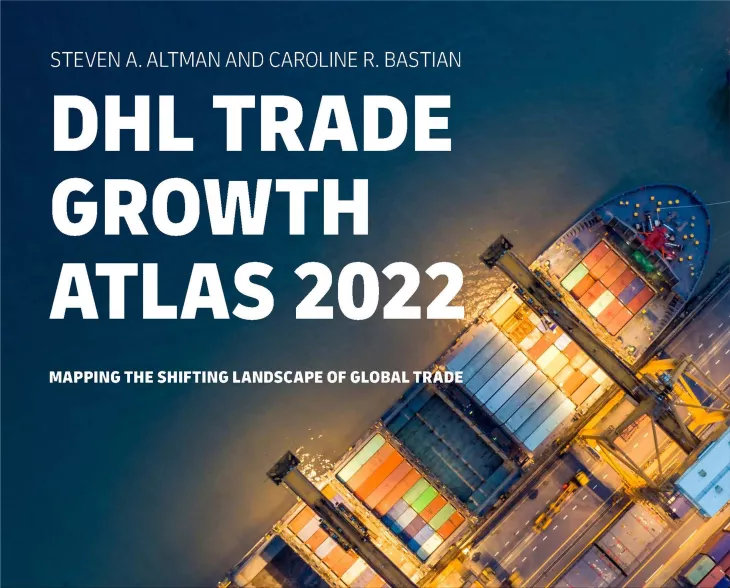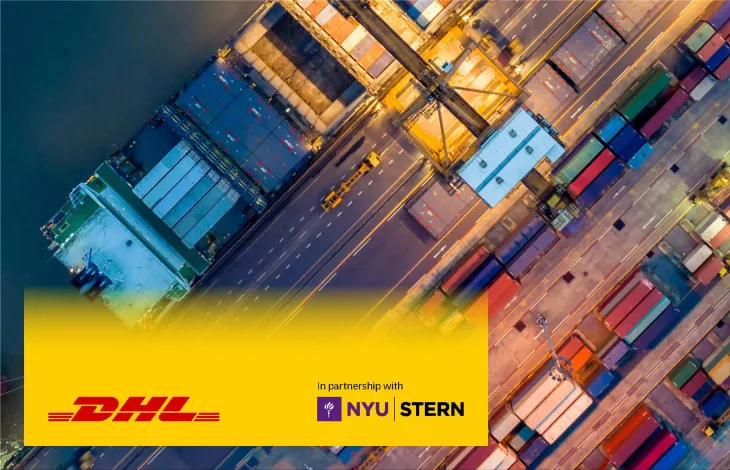DHL and the NYU Stern School of Business have released the new DHL Trade Growth Atlas report, which depicts the important global trade trends and prospects. The study covers 173 nations and contains critical business information for decision-makers and industry executives. It also demonstrates international trade's tremendous resilience in the face of recent global events and market pessimism.
"The DHL Trade Growth Atlas aims to become a valuable resource for understanding and navigating changes in the global trade landscape. Trade will continue to be a significant driver of prosperity, as it has for millennia. DHL can assist customers in rethinking particular transport networks and balancing cost and risk so that they are both efficient and secure in today's global business climate. We offer solutions for all logistics requirements as the world's largest logistics supplier, and we can provide steady and reliable services even in volatile market settings," says DHL Express's worldwide CEO, John Pearson.
International commerce is considered especially vital at the moment due to its ability to accelerate economic growth and lower inflation.
During the epidemic, e-commerce sales soared, and estimates predict ongoing robust international e-commerce growth. Trade growth is being spread across a broader range of countries: China has accounted for a quarter of recent trade growth and is anticipated to continue, but its share is expected to fall by half to 13 percent. Vietnam, India, and the Philippines stand out regarding the amount and speed of predicted trade growth through 2026. All three stand to profit from numerous business efforts to diversify China-centric manufacturing and sourcing methods.
Emerging economies will continue to evolve based on connections, innovation, and market leadership. They are becoming increasingly essential exporters of sophisticated manufactured goods, competing not merely on price but also on innovation and quality.
The DHL Trade Growth Atlas investigates global patterns in trade growth, geographic shifts, product mix, and broader changes in the business environment. The paper examines international merchandise trade by area, advanced versus emerging economies, and 173 nations. Each of these countries has a one-page summary in the report. More than 99% of global trade, GDP, and population are represented by the countries included.
"We attempted to select essential data on the health of global trade and visualize it using maps, charts, and other visual elements. The findings demonstrate that there is still significant room for trade growth in advanced and emerging economies and regions around the world. The trade landscape is changing and posing new challenges, but this report strongly contradicts predictions of a significant retreat from global trade. " Steven Altman, Senior Research Scholar and Director of the DHL Initiative on Globalization at NYU Stern's Center for the Future of Management shared his thoughts.
The DHL Trade Growth Atlas is an addition to the DHL Global Connectedness Index series. While the DHL Trade Growth Atlas focuses on global trade in goods, the DHL Global Connectedness Index, published regularly since 2011, examines the broader phenomenon of globalization, including trade in goods and services and global flows of capital, people, and information. Both studies aid in identifying future business possibilities and advancing fact-based debates on trade and globalization.
































